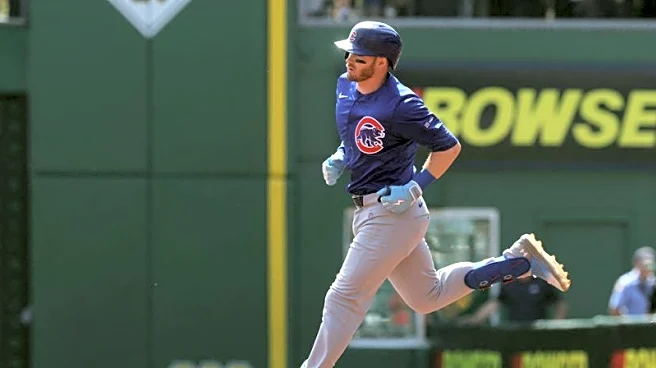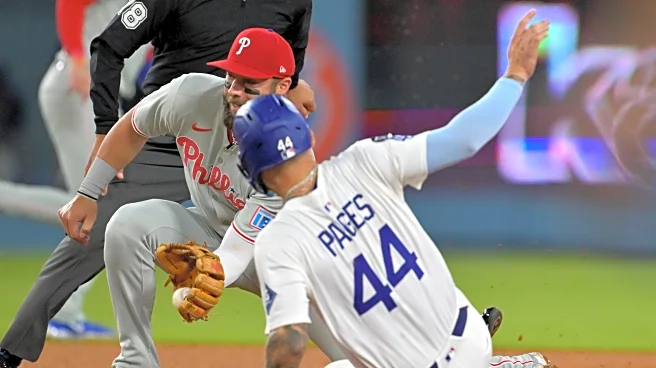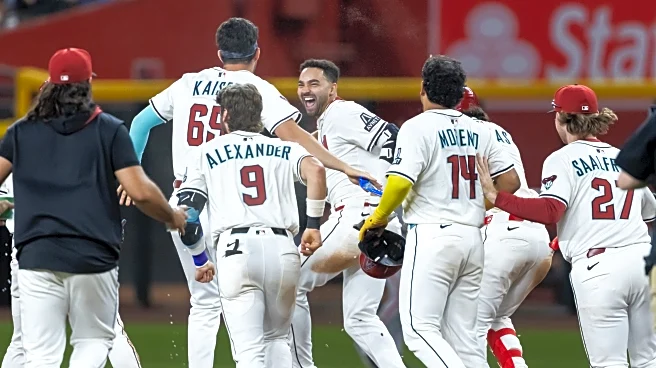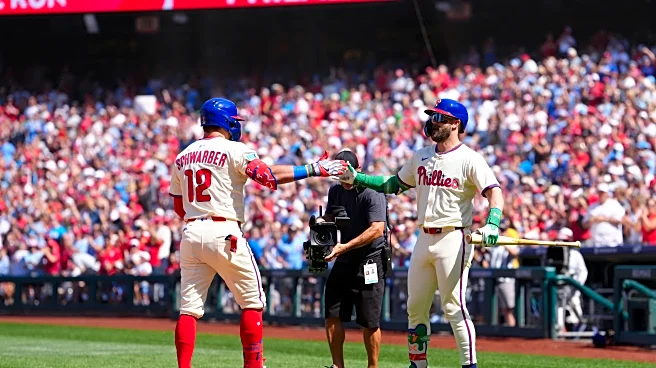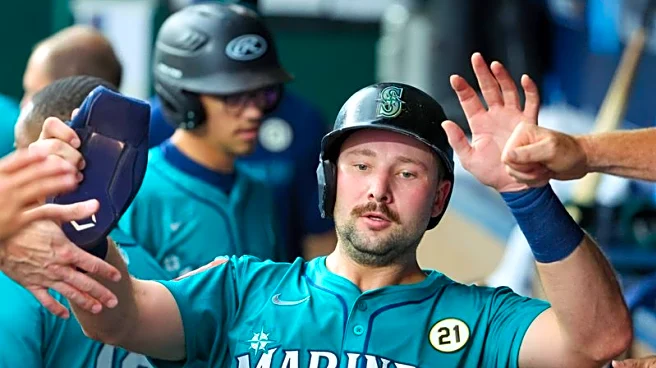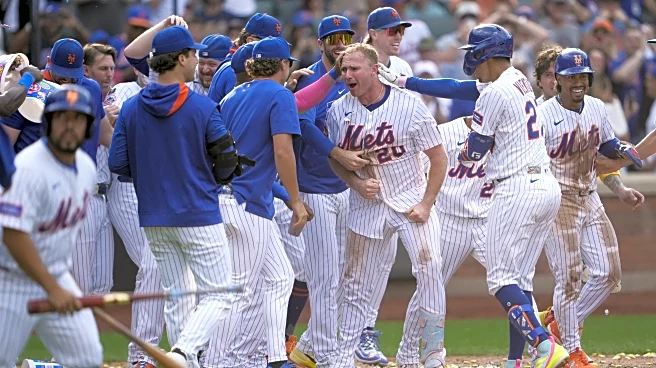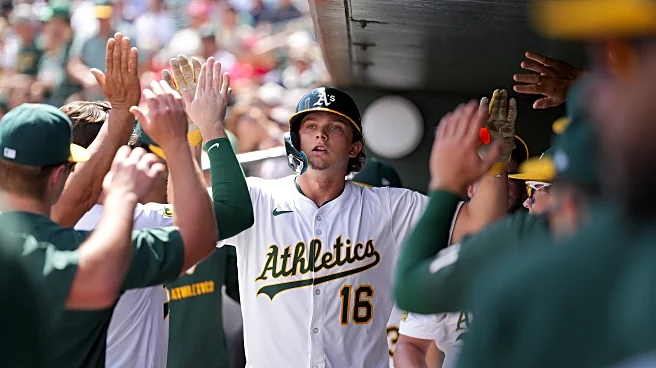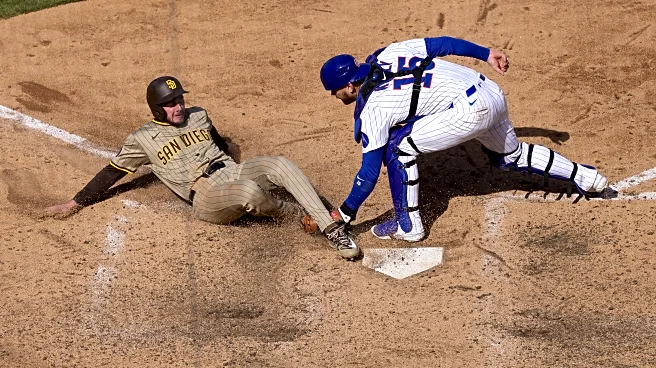It’s amazing how almost every major league team has hundreds of “fans” on Twitter who know more about how to run a team than the decades long baseball men actually holding one of only 30 jobs in the industry. — Jack Sommers
The common fans are right more often than Torey. — PHX Fans
We see it every time the D-backs lose a late-inning lead. Social media explodes with hindsight and second guessing, putting Arizona manager Torey Lovullo in the stocks for his bullpen decisions. Why didn’t he pull reliever
X? Why didn’t he leave in reliever Y? Why did he not use reliever Z? Every defeat can be summed up in three words, typed by the group the manager once called ‘keyboard poundsrs’: It’s Torey’s fault!
But is it? Is it really?
Because there is evidence to suggest that Lovullo is actually no worse than most major-league managers this year at using his relievers. Yes, I know that extremely vanilla suggestion will cause the tiny minds of certain Twitter users to explode. But there’s objective data to back it up. Though having the temerity to use actual numbers is seen as another crime against the game in certain quarters. We’ll save that discussion for another day!
Note that this is not the same thing as saying the Diamondbacks have a good bullpen. For yet another campaign, they clearly haven’t. It ranks 27th out of 30 by relief ERA, and is dead last in Win Probability. Not a shock, given the members of the Arizona relief corps have, almost without exception, been rookies or fringe journeyman. The loss of the expected closers, A.J. Puk and Justin Martinez, hurt massively. Before going down, they were 9-of-10 in save opportunities, with 34 strikeouts across 23.1 innings. Replacing that isn’t easy, and the guy who came closest, Shelby Miller, was dealt to Milwaukee at the deadline in a salary dump (where he promptly posted a 5.59 ERA before requiring TJ #RelieverVolatility).
Obviously, social media strongly feels otherwise. This ignores the fact that every team blows saves. The pennant winning 2023 D-backs blew 27 in the regular season, only a couple fewer than this year’s model with less than ten games to go. There’s also copious recency bias; dead silence after a game like Tuesday, with outstanding relief work; and a fundamental failure to understand how bullpens work. I was told with a straight face on Twitter, that “It’s common sense” to have another reliever already warming up when you bring one in – y’know, just in case this one struggles. “Good managers do it ALL the time.” No, they don’t. But some people think real life is like MLB: The Show, on easy mode, with pitcher fatigue disabled.
My hypothesis is that given the cards he was dealt, Torey has played them as well as you would expect. This particular rabbit-hole was triggered by the recent discovery that the D-backs ranked in the top ten for team saves. Indeed, when they notched their 40th on September 3rd – just the Padres and Royals had more through that date. Click that link and you’ll see all the other leading teams for saves had significantly better bullpen ERAs than the D-backs. So what’s up with that?
It is certainly a factor of the team’s fondness for playing in close games. Only the Phillies have had more than the D-backs’ 70 save opportunities. You can take that into account by looking at the percentage of saves completed. Though you should always remember, if you aren’t closing out a game, you can only get a blown save, and not a save. There, the D-backs sit at 59%; not good, absolutely, but league average is only 63%. Arizona ranks 22nd. Clearly room for improvement – but that’s definitely better than the 27th rank they have by relief ERA. That suggests to me Lovullo is leveraging his shaky bullpen to good effect.
There is definitely a correlation between bullpen ERA and save percentage. I looked at the last ten full seasons (2014-2024, skipping 2020), which gave me three hundred points of data. Below is a chart plotting those save percentages against bullpen ERA.

You can see the connection [for the stats geeks: it’s a Pearson coefficient of correlation of slightly over -0.60 – the negative being because save percentage goes down as ERA increases] The lowest Sv% in the sample belongs to the 2024 White Sox, who had only 21 saves in 57 chances. Slightly above and to the right, you will find the next worst who were the 2021 Diamondbacks at 22/50. The red line is the best fit linear trend: I did faff about with log and polynomial equations, but it didn’t make much difference. The formula for that trend line is
Save % = -0.072 * bullpen ERA + 0.942
Plugging Arizona’s current 4.81 bullpen ERA into that, we get an “expected” save percentage of 59.6%. The actual figure? 58.6%. Basically, the Diamondbacks bullpen is saving almost exactly the number of games you would expect a bullpen of their “quality” to obtain. For amusement, I crunched the numbers for all thirty teams, going into yesterday’s game. The side who had outperformed their expected save performance by the biggest amount were the Nationals: their ERA converts to a 54.7% save percentage, but it had actually been 66.0%. At the other end, the White Sox were 12.5% below their expected save percentage. The D-backs ranked 16th, with just three teams closer than Arizona to the expected number.
That’s not what you’d expect if Torey was as terrible as social media claim, using relievers at random and not leveraging pitchers appropriately, according to the game situation. The outcomes he’s getting are in line with what similar bullpens have achieved over the past decade. This year, he’s actually doing better in saves than the two sides whose bullpen ERAs are on either side of Arizona’s 4.81. The Twins (4.68) and Angels (4.85) both have save percentages below the D-backs, at 53.0% and 51.5% respectively.
I did wonder why, if this was the case, the team sits dead last in Win Probability from the bullpen. But looking at the breakdown, it’s perhaps more a lack of shutdowns, than excessive meltdowns. Fangraphs defines those outings as ones which move the WP needle by 6% or more. Arizona are one ahead of last-placed Washington for shutdown appearances – but are eight slots higher for meltdowns, tied for 21st. It seems likely the WP total is due more to a shortage of “good” outings than an excess of bad ones.
Again, make no mistake: the bullpen is, once again, a problem for the Diamondbacks. But I am more inclined to put that on Mike Hazen – while this year, acknowledging the significant role injury has played in making things more difficult. The fact that Puk currently has third-most saves on the 2025 D-backs… and hasn’t pitched since April 17, tells you all you need to know there. Given the constraints under which he has been operating, I could not find much objective data to indicate Torey Lovullo has been a factor in the struggles.

